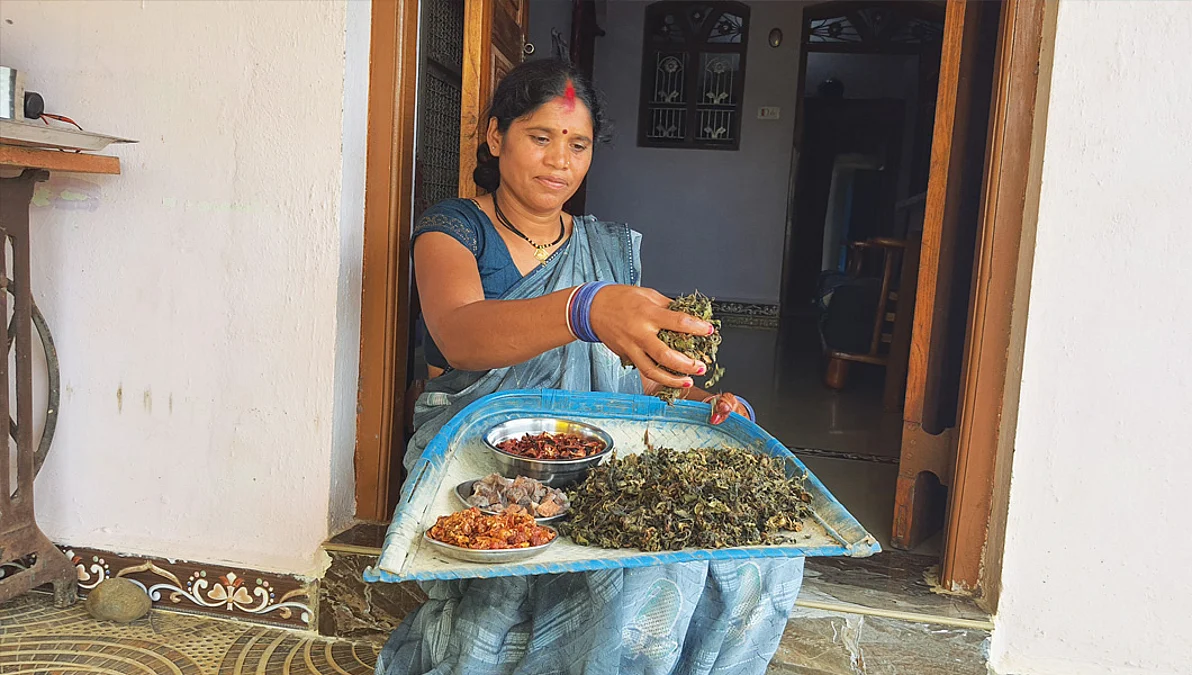Copyright FOX 4 News

We are now experiencing the longest government shutdown in U.S. history. Millions of Texans are asking where to get free meals and groceries since Supplemental Nutrition Assistance Program (SNAP) benefits have not been released. The Trump Administration announced this week it will use an emergency fund to cover half of the normal SNAP benefits. That came after two judges ruled the government must keep the program running. However, Texans have still not received their benefits. Missed SNAP payments from the beginning of the month are expected to be fully restored once the government shutdown concludes. Related There are 3.5 million Texans who get these benefits on their Lone Star Cards each month. Texas has the highest population of food insecure people in the country with one in every six households facing this challenge. Food pantries have recently experienced a spike in need, attributed by some to delays in federal worker pay, escalating food costs, and the discontinuation of SNAP benefits. Where can I get free food? Big picture view: Various entities, including food pantries, churches, community fridges, and mobile sites, are providing complimentary groceries and meals across Texas. Feeding Texas maintains a search tool where residents can input their ZIP code to locate the nearest food bank and its affiliated services, such as produce markets and community kitchens. Mobile services like Meals on Wheels and food bank deliveries transport provisions, including fresh produce and protein, to rural areas and individuals facing challenges accessing food, such as the elderly. The Central Texas Food Bank, for example, conducts roughly 40 mobile distributions monthly. Click here for the November calendar for the Central Texas Food Bank. Click here for the North Texas Food Bank Mobile Distribution Schedule Residents of North Texas can also download the North Texas Food Bank App for more information. H-E-B hosts an annual Feasts of Sharing across Texas in November. Operation Turkey delivers Thanksgiving dinners to Texas homes. Other Resources and Tips: Corporate Help: DoorDash is waiving fees for partnering food banks and SNAP recipients, while GoPuff is donating groceries to beneficiaries. Community Fridges: These sites offer free food donated by locals and businesses, redistributing approximately four tons of food monthly. Find a Community Fridge near you Before Visiting: Individuals should call food pantries ahead of time to confirm distribution schedules, hours, and necessary documents, such as proof of residency or identification. More Assistance: For help connecting with local food assistance, residents can call 2-1-1 and choose option one, or consult the Texas Health and Human Services website for food banks, meal programs, and community kitchens. How can I get help to pay for food? Texans who participate in SNAP can still use any existing, unspent funds on their benefit cards, even during the current pause on new payments. SNAP enrollees must continue to renew their applications and respond promptly to any communications from the Texas Health and Human Services Commission (HHSC), according to agency spokesperson James Rivera. Other state assistance programs remain operational, and Texans can apply for them now: Women, Infants and Children (WIC): This program supplies food money to children who qualify, pregnant women, and new mothers. Temporary Assistance for Needy Families (TANF): This program provides cash aid for broader needs, including food, though it has more restrictive eligibility criteria related to time limits and work requirements. Additionally, children who are eligible for SNAP are automatically qualified for free or reduced-price school breakfasts and lunches at most institutions. How can I help during the government shutdown? Experts recommend that the most beneficial way to support Texans facing food insecurity is through monetary donations to verified programs, rather than contributing food items. Cash allows food banks to purchase provisions in bulk at lower costs, maximizing the value of every dollar donated. Funds also cover essential operational expenses like transportation, staffing, and storage. A donation of $30 can supply a family of four with a week's worth of food. Ways to Give and Volunteer: Financial Contributions: Donors can give money directly to Texas food banks via their websites, which are accessible through the Feeding Texas lookup tool, or to the state's Meals on Wheels program. Alternatives include GiveDirectly, which sends cash directly to SNAP enrollees. Companies, such as H-E-B, have also provided significant financial aid, with the grocery chain announcing a $6 million contribution to Texas food banks and Meals on Wheels. Food Donations: While monetary gifts are preferred, food pantries accept items, with an emphasis on shelf-stable and nutritious products. Highly requested items include canned proteins, fruits, and vegetables, rice, dried beans, pasta, cereal, and peanut butter. Specialized items like baby formula and gluten-free products are also in high demand. Donors should check expiration dates and confirm acceptance policies with the site before dropping off contributions. Large donations exceeding 1,500 pounds require contacting a food pantry to arrange pickup. Volunteering: Food banks are requesting community support through volunteering. Individuals and groups can help by sorting and packing food, serving meals, distributing goods at mobile sites, or harvesting produce. Volunteer assistance, such as at the Tarrant Area Food Bank, has seen recent growth. People can also organize virtual or in-person donation drives. Holiday Meals: In anticipation of heightened Thanksgiving demand, organizations like H-E-B's annual Feasts of Sharing and Operation Turkey offer free holiday meals.



